Date: 900-1000AD
Type of Find: Burial
Date of Excavation: 1979
Context: Beads were found in neck area, oval brooches (P51) were present
Beads: 44 glass beads (39 segmented, five unsegmented), yellow, blue, silver, gold. Length varies between 9 - 13 mm.
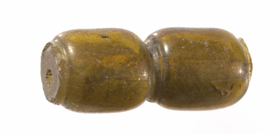 Segmented beads from Kaupang, you can clearly see the severed (rather than flameworked) edges.
Segmented beads from Kaupang, you can clearly see the severed (rather than flameworked) edges. One of the things that fascinates me with this particular find is that all of the beads are of the same type. They have one to four segments, and have a simple color palette. We do not know the original arrangement, unfortunately, but know that these items at least were worn together. One other interesting item is that this paper notes that the beads were produced in long lengths and beads were snapped off as needed along the segmentations. Based on the text, the metal glass beads are of two types, with one just having a metal coating on the glass and the other having a layer of clear glass encasing the metal. The description of the process in this paper is a clunky, to say the least, but might be due to the lack of glass workers as part of the process (there is more in the way of experimental archaeology in that field now).
Personally, I have to wonder if it is truly gold encased the beads or if the glass merely had a reaction when laid over the silver that alters the color to gold (or perhaps it was amber colored glass laid over silver). Even glass that has silver added to it (something done with spectacular modern color-shifting glasses), can produce fuming that will alter the color of adjacent glasses.
In his blog entry, “Kaupang before the Coin”, Matthew Delvaux discusses the idea that the segmented beads were imported goods from the Middle East and proposes the idea that they possibly were a form of currency in the early Viking Age.
This necklace is very simple, and when all strung together the necklace is 465mm long. That length would make for a long swag between brooches, and the authors of the paper suggest possibly it was multiple strands. It is also long enough to serve as a standard necklace as well.
While reading about the Kneep necklace, I remembered a similar strand of beads from Birka and had to go back to look at that material to assuage my curiosity. In Birka I, there is an image of a strand primarily comprised of segmented beads. The caption for the photo has it listed as Grave 958. However (and here goes some of my issues with the Birka material that I previously have mentioned), the descriptive text for that volume shows 958 as a male grave with a purse. Grave 959 from that book seems to better fit the image attributed in the plates as 958.
My take on these finds is that sometimes smaller, and simpler, can be perfectly appropriate for a period impression. Hopefully I can experiment further with crafting segmented beads myself!
Arbman, Holger. Birka I: Die Gräber, Tafeln, 1940.
Arbman, Holger. Birka I: Die Gräber, Text, 1940.
Delvaux, Matthew. “Kaupang before the Coin”, Text and Trowel, 2017. https://textandtrowel.wordpress.com/2017/05/11/kaupang-before-the-coin/
Welander, R. D. E., et. al. “A Viking Burial from Kneep, Uig, Isle of Lewis”, Proceedings of the Scoiety of Antiquaries of Scotland, Volume 117, 1987.
https://archaeologydataservice.ac.uk/archiveDS/archiveDownload?t=arch-352-1/dissemination/pdf/vol_117/117_149_174.pdf
National Museum of Scotland: https://www.nms.ac.uk/explore-our-collections/collection-search-results/?item_id=369355
Unimus.no Fotoportal: http://www.unimus.no/foto/imageviewer.html#/?id=12462897&type=jpeg
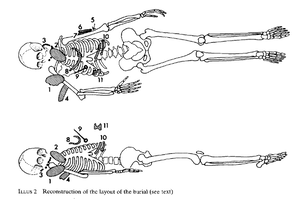
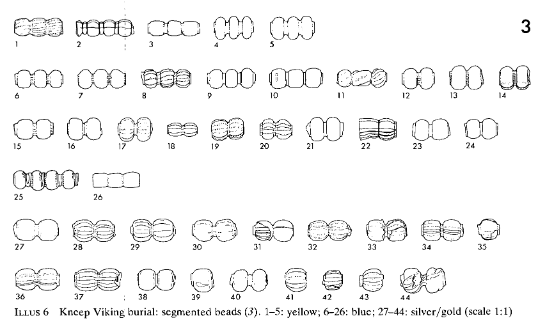
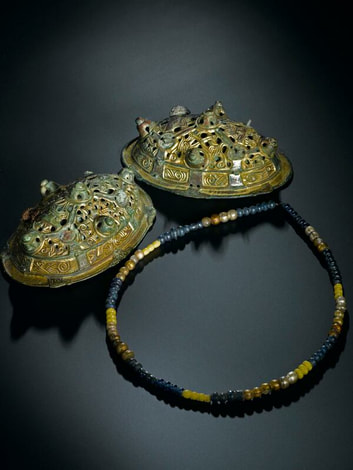
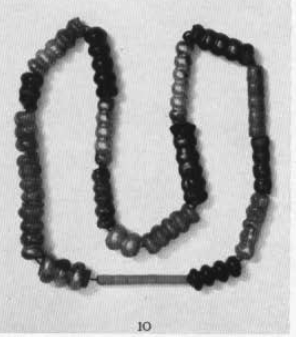

 RSS Feed
RSS Feed